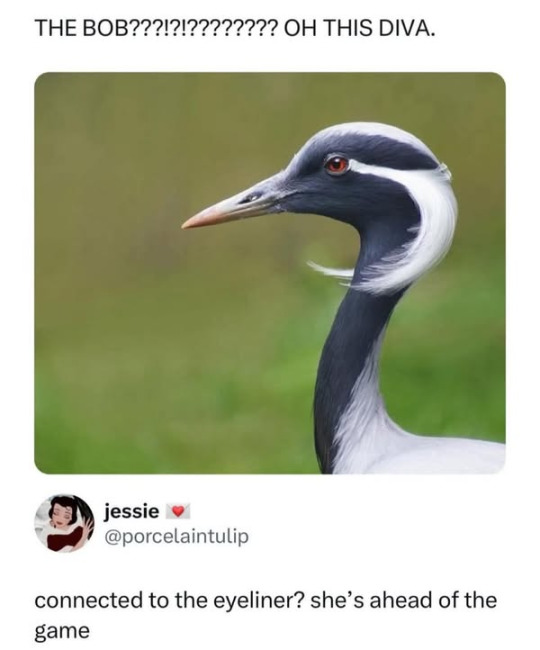Trees don't know about gender. Trees don't care about gender. I like trees.
Don't wanna be here? Send us removal request.
Photo
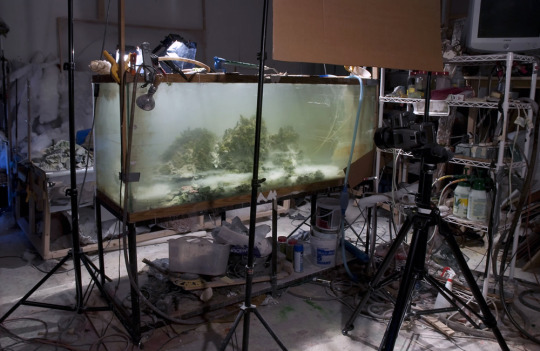
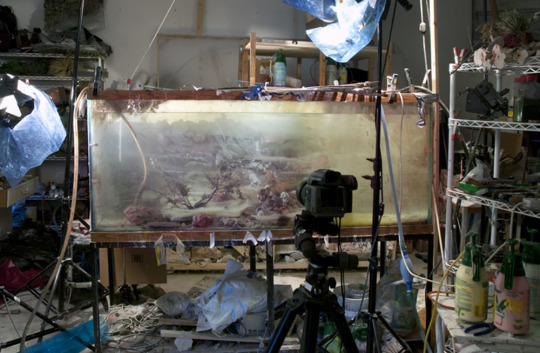

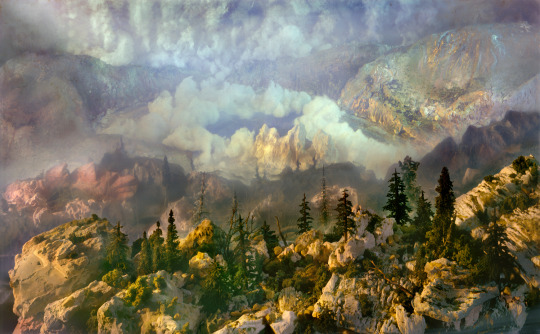
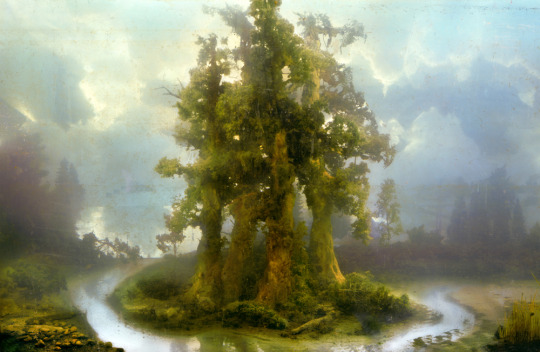
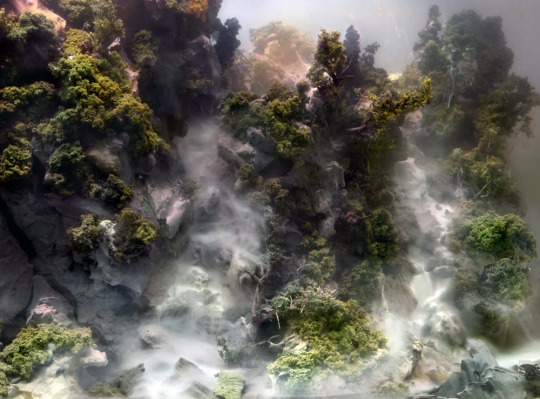
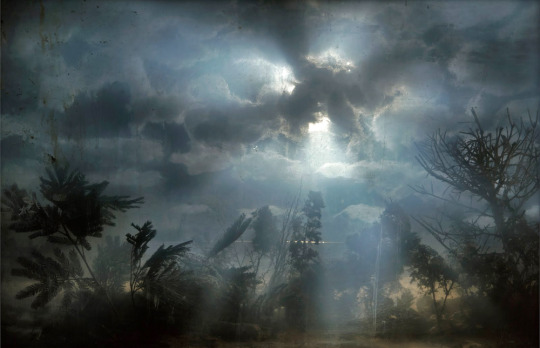
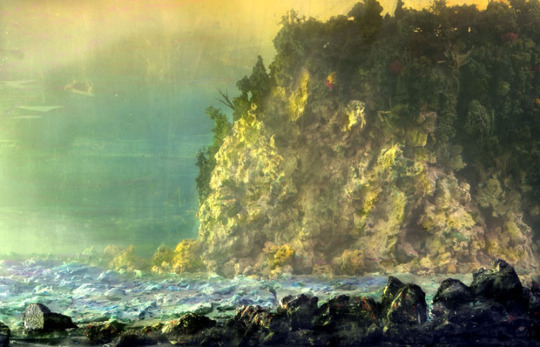

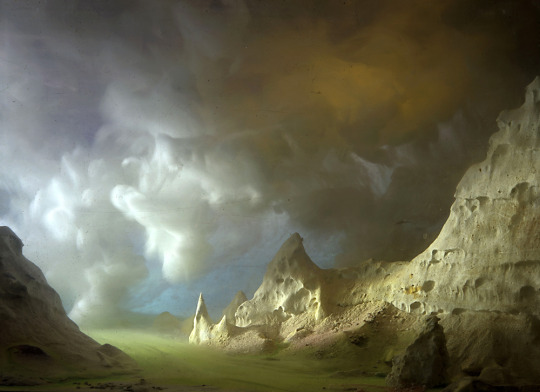
Kim Keever
“Miniature topographies inside 200-gallon fish tanks, based on traditional landscape paintings. Keever fills the tanks with water once he’s sculpted and placed the miniatures, and colored lights and pigments create dense, atmospheric environments. He views his works as an evolution of the landscape tradition and deliberately acknowledges the conceptual artifice.”
173K notes
·
View notes
Text
it’s kind of crazy how here on the so-called feminism website you literally can’t say something as simple as “dude is an inherently gendered term” without literally dozens upon dozens of people who consider themselves feminists showing up to say “idk i use it in a gender neutral way”. like idk how to tell you this but the fact that masculine words are considered default/neutral and feminine words are not is, in fact a reflection, of a patriarchal society.
4K notes
·
View notes
Text
Today my professor picked up a garter snake, said “Ow!” five times as it bit him, set it back down, and said, “Okay. That’s one defense mechanism snakes have.”
15K notes
·
View notes
Text

It’s Tell a Friend Friday! Please enjoy this photo of a flowering dogwood (Cornus florida). Then tell someone you know about my work–you can reblog this post, or send it to someone you think may be interested in my natural history writing, classes, and tours, as well as my forthcoming book, The Everyday Naturalist: How to Identify Animals, Plants, and Fungi Wherever You Go. Here’s where I can be found online:
Website - http://www.rebeccalexa.com
Monthly Email Newsletter Signup - https://rebeccalexa.com/news-updates/
Rebecca Lexa, Naturalist Facebook Page – https://www.facebook.com/rebeccalexanaturalist
Tumblr Profile – http://rebeccathenaturalist.tumblr.com
BlueSky Profile - https://bsky.app/profile/rebeccanaturalist.bsky.social
Instagram Profile – https://www.instagram.com/rebeccathenaturalist/
YouTube Profile - https://www.youtube.com/@RebeccaLexaNaturalist
iNaturalist Profile – https://www.inaturalist.org/people/rebeccalexa
Finally, if you like what I’m doing here, you can give me a tip at http://ko-fi.com/rebeccathenaturalist or preorder your copy of The Everyday Naturalist at http://www.theeverydaynaturalist.com
7 notes
·
View notes
Text

Aggregation of Ruby Spotted Swallowtail caterpillars on a tree in the Yucatán Peninsula
4K notes
·
View notes
Text
Nocturnal Mammals From The Panama Fruit Feeder
youtube
Nocturnal Mammals from the Panama Fruit Feeder -- Cornell Lab Bird Cams
Watch to the end for an Orange Nectar Bat
Audio: nature sounds
Note: Cornell labs has livestreams for several different feeders across the world on YouTube, the Panama Fruit feeder is just one of many streams they run.
6 notes
·
View notes
Text
"a genus of new world pigs" sounds like something rage against the machine might call the american capitalist class. but in fact it refers to the humble javelina
10K notes
·
View notes
Text
apple blossomed trees / roots with the birds
106K notes
·
View notes
Text
So wait are livestock guardian dogs to their flocks like… Clark Kent among the residents of Smallville? He’s been here since he was a baby, we all know him, and he’s… generally one-of-us shaped, uh, approximately. And then when something goes wrong he suddenly leaps into action and does some terrifying impossible shit none of us could do. And then comes back home and settles in like nothing happened and he’s one of us again.
71K notes
·
View notes
Text

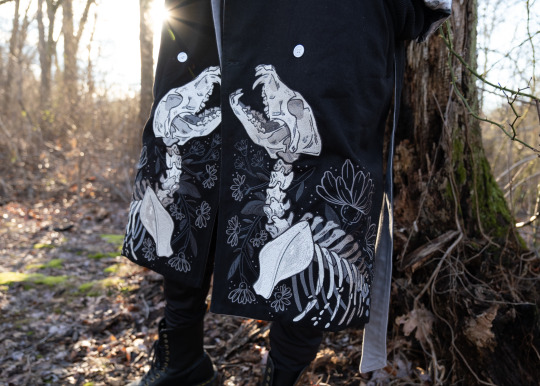

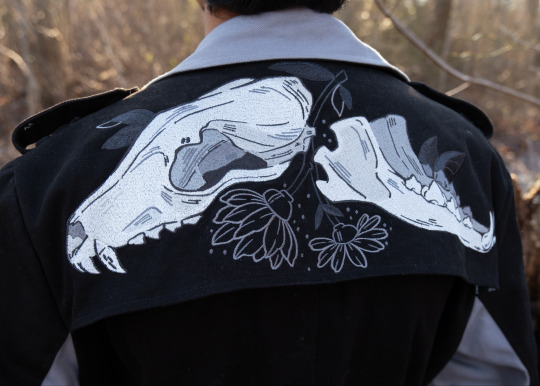
i can finally show off the Necromancer trench since theyre going into production now!
100% cotton twill outside, cotton printed lining inside, sizes s-3xl! the initial release will be limited but if they sell well theyll be back, with other designs too 🤍
20K notes
·
View notes
Text
57K notes
·
View notes
Text
I know it's unfair vilification and stuff but it's also a lot of fun to see old media and stuff where people were SO scared of big animals like lions, sharks, crocodiles and wolves were fully expected to just come and eat you the moment you stepped into their territory. In older media we also made that assumption about gorillas and in still older we thought it'd be whales. But some animals that will actually fuck you up got left behind. Boars will kill you and eat you. They're way more likely to do so than any of those other things actually. Hippos, obviously, got off like bandits always being depicted as cute and dopey. And then there's the squids. Not giant kraken size squids. The eight foot squids that hunt in packs and will fuck you up if you fall in the water at night. I can't BELIEVE people slept on that. It's like all they cared about were the huge deep sea ones we never see. The medium size wolf pack squids were right there.
44K notes
·
View notes
